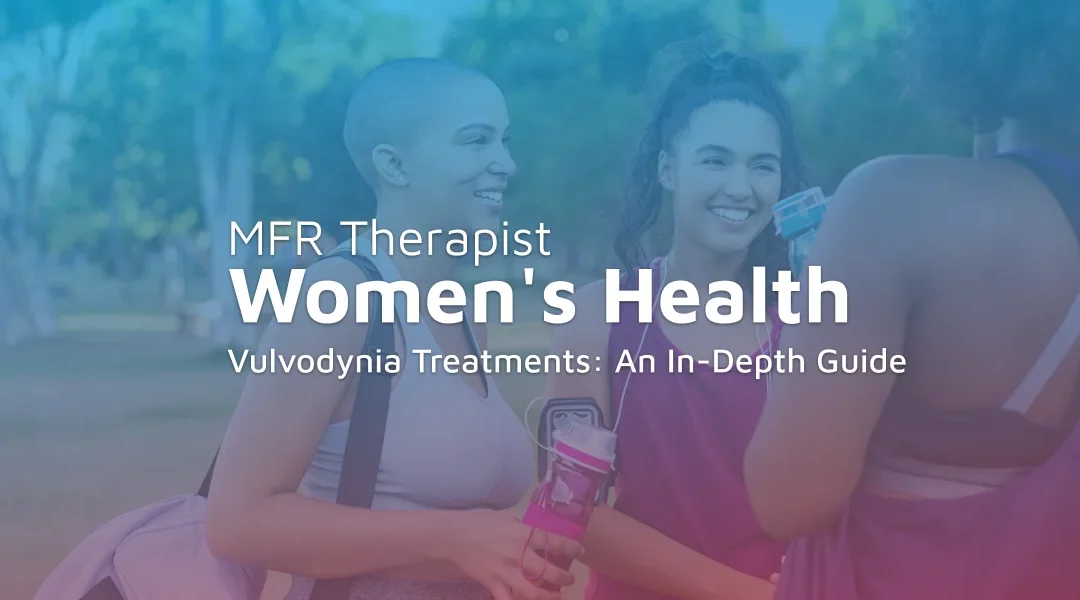Additionally, personal grooming habits, particularly those involving hair removal around the vulva and vagina, have been identified as potential risk factors. Activities like shaving, waxing, or use of hair removal creams can cause microtears, inflammation, and even change the natural balance of the skin and mucous membranes, increasing vulnerability to pain disorders including vulvodynia. An open dialogue with your healthcare provider about these potential triggers is beneficial. Together, you can explore tailored strategies to reduce the impact of these factors on your condition while pursuing the path to pain-free wellness.
When diagnosing vulvodynia, healthcare providers consider these symptoms in concert with medical history and comprehensive physical examinations. Differential diagnosis is essential, as vulvar pain can be a sign of various conditions, making it crucial for sufferers to discuss all their symptoms openly and in detail with their healthcare provider. This candid communication enables more accurate diagnosis and facilitates the crafting of a personalized treatment strategy designed to alleviate pain and restore comfort.
While conventional treatments for vulvodynia often center on medications, patients should be aware of both the potential benefits and risks associated with these pharmacological options. Topical treatments, such as lidocaine ointment, may offer temporary relief by numbing the affected area. Systemic medications, including tricyclic antidepressants and anticonvulsants, aim to modify pain perception and manage discomfort. However, these medications merely manage symptoms, often without treating the source of the pain. Their use can also come with side effects that can impact overall well-being.
Pelvic floor therapy
Pelvic floor therapy plays a pivotal role in managing the complex symptoms of vulvodynia, particularly when pain emanates from muscular and connective tissue dysfunctions. Physical therapists can help patients incorporate targeted exercises and muscle relaxation techniques to enhance pelvic floor muscle function and promote overall pelvic health. Pelvic floor therapy is integral to a multi-faceted regimen, empowering individuals to reclaim comfort and restore quality of life.
Biofeedback
Biofeedback is a technique that helps individuals gain control over bodily processes that are typically automatic, such as muscle tension, heart rate, and pain perception. For those with vulvodynia, biofeedback can be a useful tool in managing symptoms. By learning to control pelvic floor muscle activity, patients can reduce pain and discomfort associated with vulvodynia. This technique can be an empowering part of a comprehensive treatment plan.
Surgical options
When confronting the complexities of vulvodynia, surgical interventions such as a vestibulectomy come into consideration only after non-invasive therapies have been exhausted. Recognized as a measure of last resort, these procedures, though potentially life-altering, are paired with inherent risks and a spectrum of possible outcomes. While vestibulectomy might pave the way to diminished discomfort for some, it is crucial to weigh its merits alongside the prospect of post-surgical challenges.
Dietary Changes
Dietary changes can play a significant role in managing chronic conditions like vulvodynia. A balanced diet rich in fruits, vegetables, whole grains, lean proteins, and healthy fats can promote overall health and well-being. While there’s no specific diet for vulvodynia, some women find that certain foods exacerbate their symptoms. Keeping a food diary can help identify potential triggers and guide dietary changes. It’s essential to understand that while diet is an important aspect of managing symptoms, it should be integrated into a broader, comprehensive treatment plan for vulvodynia.
Myofascial release
Myofascial Release (MFR) stands as a beacon of hope for those suffering from vulvodynia, offering a pathway to mitigating pain and enhancing mobility without the need for invasive procedures or pharmaceuticals. Recognizing vulvodynia’s often debilitating impact, our certified MFR therapists employ the John F. Barnes methodology of MFR which is a thoughtfully designed technique that acknowledges the complex tapestry of physical and emotional trauma unique to each person.
This gentle yet profound hands-on approach applies sustained pressure into the myofascial connective tissue with the intent to dissolve any ‘bound down’ tissue enveloping muscles and nerves. As these fascial constraints are released, newfound motion emerges and the persistent discomfort associated with vulvodynia begins to fade. Our skilled therapists are not just practitioners, but compassionate guides, steering you toward a restored sense of well-being and improved mobility. The John F. Barnes’ approach to MFR transcends the conventional — it is a form of authentic healing, opening the door to enhanced quality of life for those affected by vulvodynia.

